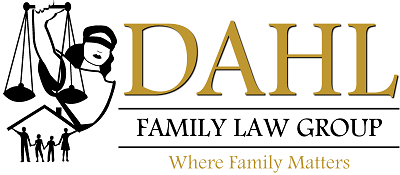STEP 6: PRETRIAL CONFERENCE
After depositions, the case is usually prepared to announce a ready for trial notice, which is then sent to the court. The court has 30 to 60 days from filing of a “Notice Ready for Trial” to send a pretrial conference order and date. At that conference the actual trial date will be set depending on the length of time needed for trial. This could be anywhere from two months to six months from the pre-trial conference date.
STEP 7: TRIAL
Once the trial date is set, the fun begins. Fun you say? Yes. If after all this we have not worked out your case, you cannot wait for your day in court!
